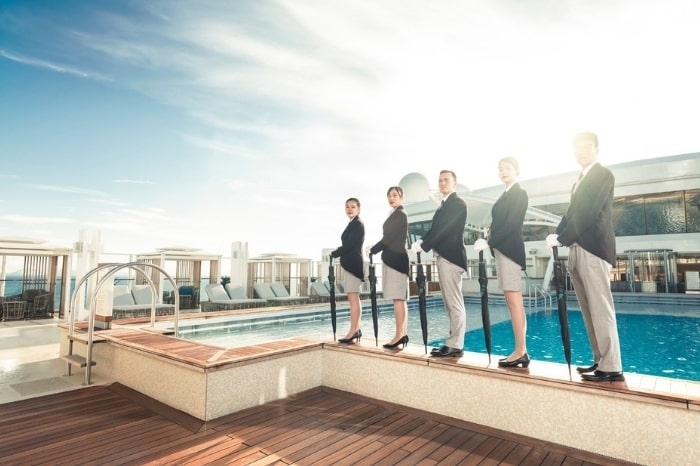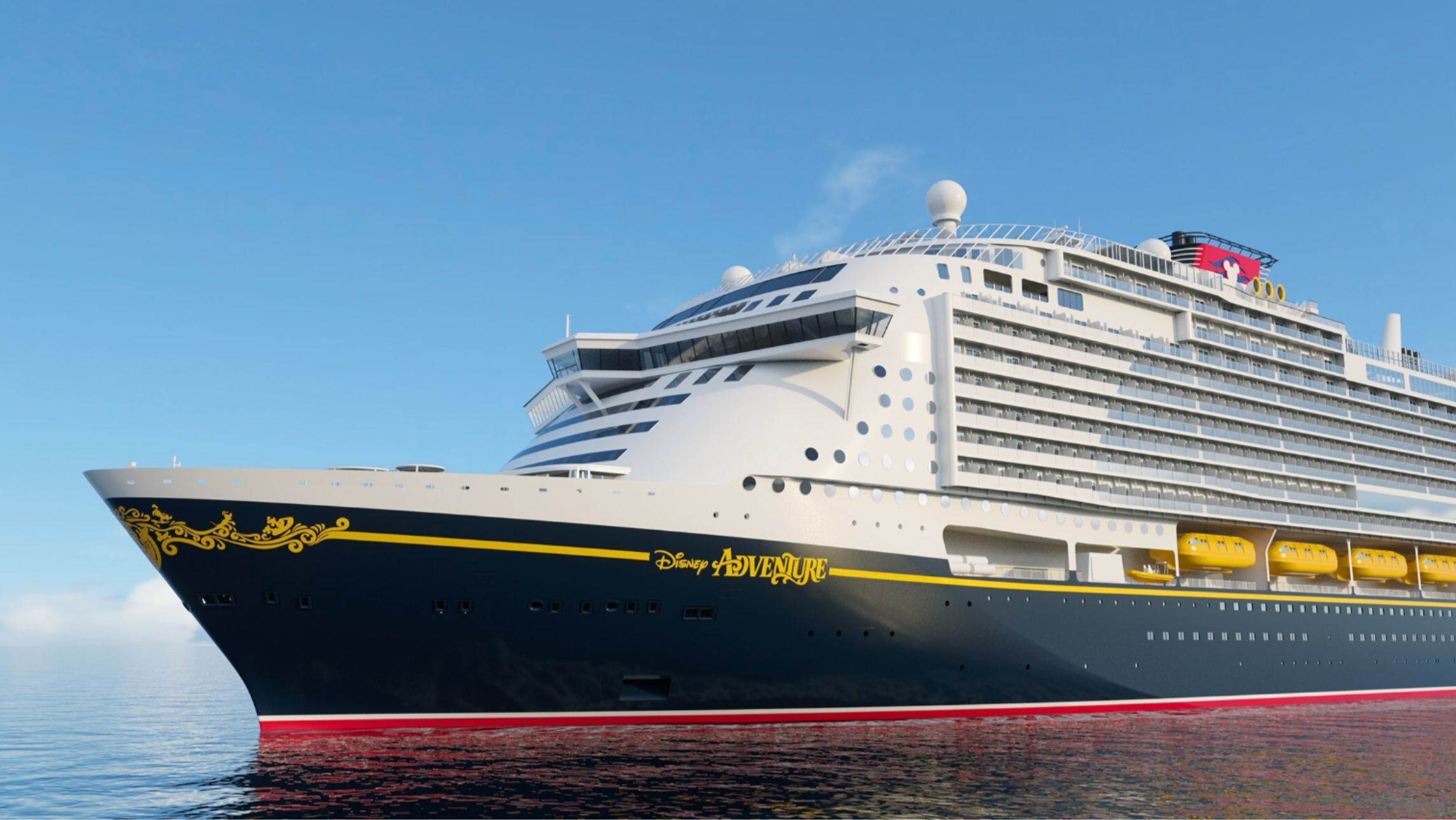It’s the end of an era as Genting Cruise Lines finally calls it a day, leaving a gap in Singapore’s cruise market.
Now that Genting has gone under, what becomes of Singapore’s cruise industry? The country previously reiterated its intention to become the cruise hub of Southeast Asia and attract fly-cruisers from Australia and other regions. As such, the question on everyone’s minds is whether Dream’s shutdown has dealt a blow to that aspiration.
Ms Annie Chang, Director, Cruise, Singapore Tourism Board (STB), tells Cruise Passenger that Singapore remains committed to develop its cruise industry and retain its reputation as a cruise hub in Asia.
“We remain confident in the potential of the cruise industry and are continuing our efforts to anchor more cruise ships in Singapore,” she said. “We have received interest from other cruise lines, and are in discussions with them to deploy their ships and operate sailings from Singapore.”
Prior to Genting Hong Kong’s liquidation announcement, STB had supported Dream Cruises with its Cruise Development Fund, for the deployment of World Dream and its sailings out of Singapore.
Following the line’s shutdown, STB is also working closely with Dream Cruises and other government agencies to provide assistance to affected staff, including job matching for affected local workers through the Tourism Careers Hub (TCH) and Workforce Singapore (WSG).
“We strongly urge Dream Cruises to prioritise the interests of all affected customers, who should reach out to the company, their respective travel agents or booking platforms regarding the status of their booking,” added Ms Chang.
With Dream Cruises out of the picture, Royal Caribbean is currently the only line operating cruises-to-nowhere out of Singapore. In a media statement to Cruise Passenger, the line mentioned how it remains committed to the Singapore market.
“Demand has been strong for cruising in Singapore amid the evolving Covid-19 restrictions and even with the emergence of Vaccinated Travel Lanes (VTLs), almost every sailing has been sold out,” said the line. “We are confident that holidaymakers around the region see cruising as great value, and also one of the safest holiday options given the contained environment and effective health and safety protocols on board. We looking forward to continued success in the region.”
Next month, the line will also be deploying Spectrum of the Seas to Singapore. The ship was exclusively designed for the Asian market − it homeported in Shanghai and operated mainly out of East Asia pre-pandemic. With Dream Cruises previously catering primarily to the Asian market, it appears that Spectrum will fill the gap it leaves behind in Singapore.
“Spectrum is open for bookings to both local and international guests, and features groundbreaking escapades exclusively designed for the Asian market, while still offering the international experience that guests love and associate with Royal Caribbean,” said the line. “We are confident that she will continue to push the envelope in cruise innovation, debuting a new suite of adventures such as the Sky Pad, Asia’s first virtual reality bungee trampoline adventure where guests can strap in, don a headset and transport themselves to another time and planet.”
The line added that it is looking forward to resuming port-of-call sailings around Southeast Asia, when the time is right.
“We are optimistic about the opportunity to add destinations back into our itineraries, and continue to work closely with Singapore Tourism Board, as well as the Malaysia and Thailand governments, to make it happen,” said the line. “This step forward will not only reiterate Singapore’s standing as the gateway cruise hub for Southeast Asia, but also enable us to deliver the full signature Royal Caribbean experience – ultimate cruise getaways to some of the region’s most loved destinations, alongside our spectacular service, adventure-packed activities and the world-class entertainment on board our ships.”

An ode to Dream
When the news first broke out of Dream Cruises ceasing its operations, I undeniably felt a tinge of sadness.
The line was the first in Singapore to restart sailings after the pandemic, and I recall fond memories of sailing on World Dream’s inaugural post-pandemic voyage in November 2020.
Though I had my hesitations about cruising in a Covid era, Dream Cruises executed the sailings flawlessly. I never once felt at risk of catching Covid onboard, given how stringent the line was about social distancing, mask-wearing and temperature checks.
I also enjoyed many fun activities, including racing down World Dream’s adrenaline-inducing waterslides, luxuriating in the private pool for Palace Suite guests and watching my teppanyaki chef work his knife-twirling magic at Umi Uma Teppanyaki restaurant.
As a homegrown Asia cruise brand, Genting has seen many significant milestones as well.
In May 2020, Star Cruises was the first cruise line chartered for pandemic support by the Singapore government. SuperStar Gemini and SuperStar Aquarius were turned into temporary onboard accommodations to house foreign workers in Singapore who recovered from COVID-19.
And in July 2020, Dream Cruises was the world’s first cruise line to resume operations post-pandemic, when Explorer Dream restarted voyages in Taiwan. World Dream was also the first ship in the Asia Pacific region to offer on-board halal cuisine targeting Muslim passengers.
Dream Cruises has not responded to Cruise Passenger’s queries on its current situation, and whether guests will be refunded on World Dream sailings booked after March.










Those who have made prior booking as early as Dec 2021 and paid in full for the cruise after the 2nd March cessation is feeling cheated.
I have made the booking for triple sharing to celebrate my wife’s birthday which falls on the 7th of March n our booking is for the 6th March cruise which is a 4 days trip. Now not only we can’t celebrate her birthday and we are not even sure if we could get our money back. It is a big disappointment n lost of our money.
In the months before I have read that dream cruise Hong Kong winding up I have check wt my travel agent if our trip for March would be cancelled but was assure by the travel agent that nothing changed our trip is still going through n it has nothing to do with Hong Kong winding up.
Two days before the 2nd of March I wrote an email to Dream cruise elite members website cause I am an elite member to check if a birthday cake will be presented to my wife on her birthday and was even advise that the birthday cake will be presented to her on her birthday once on board and there is no indication that the cruise will be stop or cancelled. So as u can imagine how disappointed I am to find out that not only it is cancelled but if we could get our refund.
Sg’s tourism board should help Genting Cruises to float to maintain competitions,cannot let only 1 cruise to monopolies the market